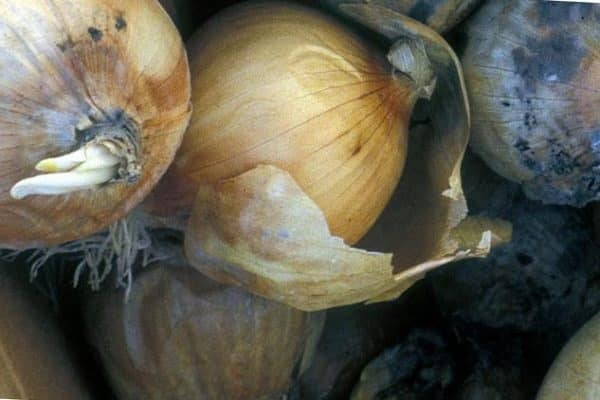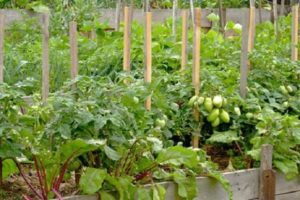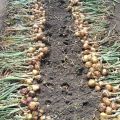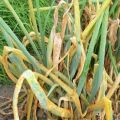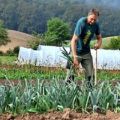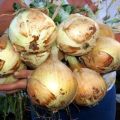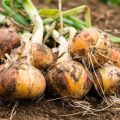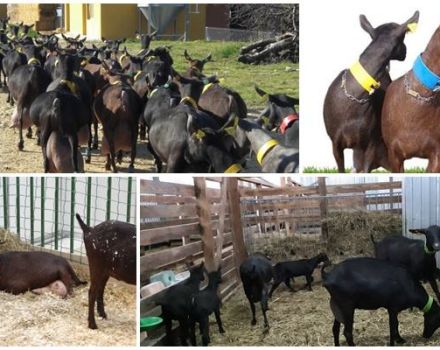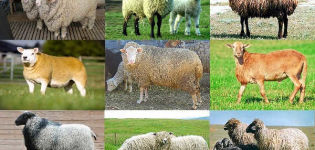What to do if the onion rots in the garden, how to deal with it and how to process it
Onions are grown everywhere. But if the onion rots in the garden, not every gardener knows what to do. Finding out the reasons why the onion rots and what measures are necessary to preserve the harvest will help to cope with the problem.
The main causes of rotting in the beds and how to deal with them
If the feathers of a vegetable turn yellow, you urgently need to make sure that the bulb has not begun to rot. If it has softened, become watery and smells unpleasant from it, then the problem is obvious - the root crop is rotting. There are a number of actions that need to be taken to save the crop.
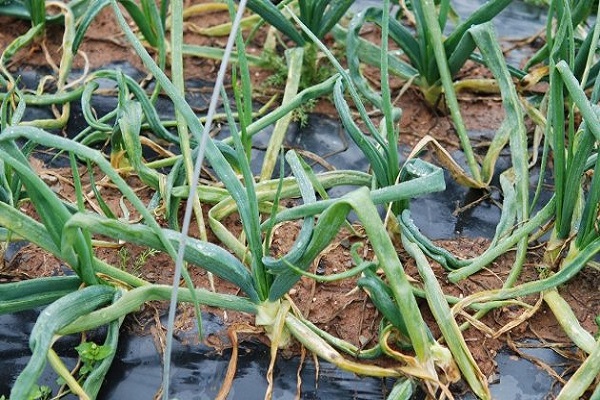
Rotting onions causes a number of reasons, the identification of which will help solve the problem.
Excess moisture
The plant rots primarily due to improper watering. Excess moisture negatively affects the growth of the culture. Even if there is a summer drought in the yard, it is worth watering the beds only until mid-July.
30-45 days before the expected start of harvesting, it is necessary to sharply reduce, or better stop, irrigation.
Onions also rot in a rainy summer, if the owners have not taken care of drainage to remove excess water from the beds.
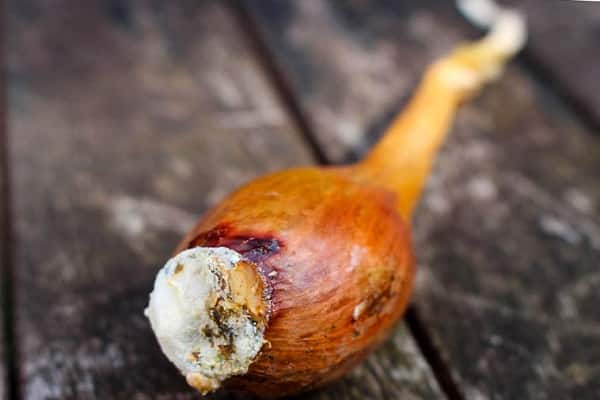
Failure to comply with crop rotation
Compliance with the rules of crop rotation is no less important than competent watering. Of great importance is the selection of crops that will be consistently grown in the same place every year.
Onions grow well after potatoes, cabbage or cucumbers. Zucchini or beets are acceptable, but not the best option. The frequency of planting in one place is 3-5 years.
The vegetable loves the sun's rays, so the beds must be placed taking this circumstance into account.It is necessary to loosen the ground with high quality and regularly destroy weeds on the vine. There is no harvest without careful weeding.

Excess nitrogen in the soil
One of the reasons why onions rot may be due to excess nitrogen in the soil. This can lead to slower growth and reduce the culture's resistance to various fungal diseases. Abundant soil flushing and ash treatment will help restore balance.
It is worth considering that an excess of nitrogen can be caused by an overdose of fertilizers. Therefore, non-observance of the norms and terms of fertilizing will lead to disastrous consequences for the harvest.
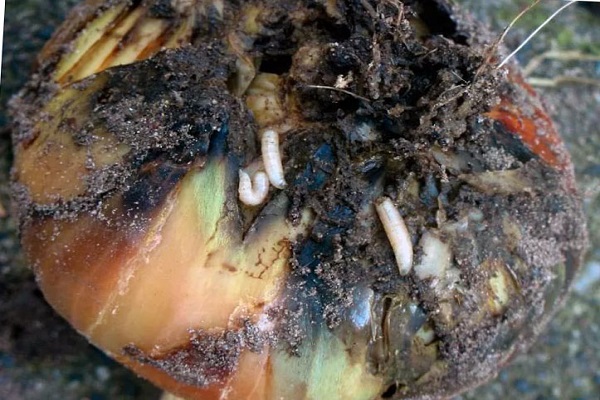
Competent, in compliance with the necessary requirements (for example, preliminary heating and disinfection) planting, growing in accordance with the rules of agricultural technology will be the key to a good harvest.
Infected planting material
If seedlings and seedlings intended for sowing have been infected, this will become a big problem. Seed material that is infected with rot, when planted in the soil, can destroy the entire crop.
The disease damages the plant completely - from root to leaves. The defeat of the onion head leads to the need to completely dispose of root crops, since eating them is dangerous to health.
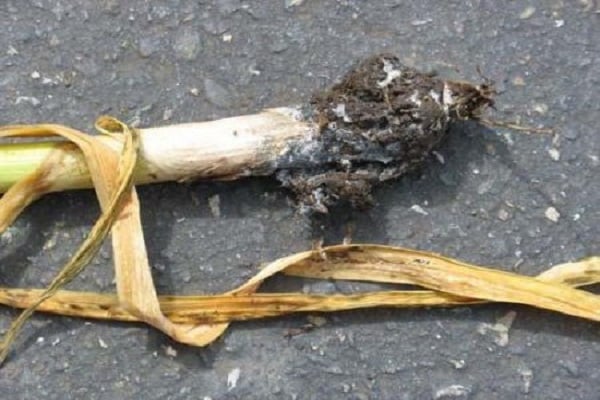
It will be possible to avoid problems with the help of preventive measures. It is recommended to preheat the seed to +45 ° C and decontaminate it before planting.
It takes about 12 hours to warm up the planting material intended for sowing. For disinfection, a solution of potassium permanganate is suitable, in which the bulbs must be soaked overnight.
Planting material should be purchased from vendors with a proven and reliable track record.
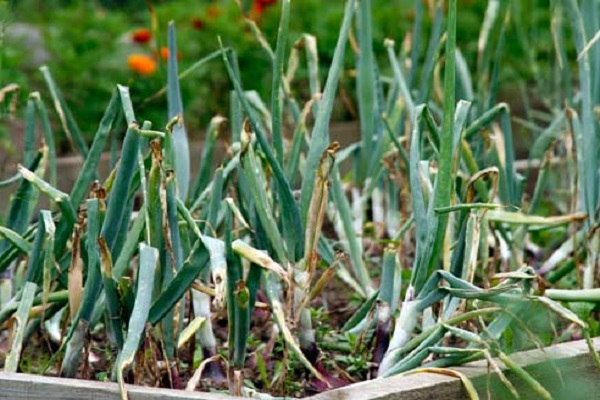
Onion diseases
The appearance of diseases is associated with a fungal or bacterial infection, as well as damp weather. High humidity can also cause onion disease. Fusarium rot is a fungal disease.
It all starts with feathers. Then the roots are damaged and begin to rot. Finally, the bulb is affected. Neck rot spreads in wet, inclement weather. Rains before harvesting root crops from the garden also cause rotting.
Diseases associated with bacteria often show up during the rainy season. Vegetable contamination cannot always be detected during cultivation. If during storage the bulbs turned black and began to rot, it means that diseased root crops were collected together with healthy ones. This can destroy all stocks.
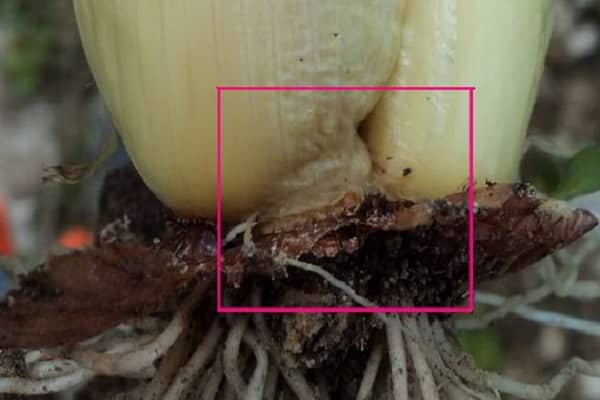
Consider the recommendations of gardeners on how to deal with this in order to prevent infection of the entire crop and the rapid spread of diseases:
- Before planting, you need to carefully select the onion. Throw away such a copy at the slightest suspicion of damage.
- To destroy the bacteria in the soil, you should pour over the beds with ordinary boiling water a couple of days before planting. According to reviews, this is a good way to disinfect soil.
- You need to grow onions only in places with good sunlight.
- In case of fusarium infection, the soil must be treated with fungicides or a solution of copper sulfate.
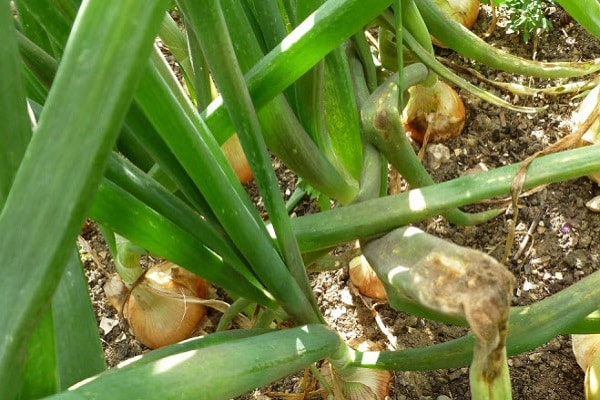
Onion pests
The onion fly is one of the most formidable pests. Starting from the second half of spring, it can bring significant damage to the future harvest. The fly leaves the larvae, which eat both the feather and the root crop. Small white worms destroy the pulp, and this leads to rotting of the entire bulb.
Larvae can hibernate in the ground, hence the recommendation not to plant onions in one place every year. This can be the reason why onions rot. The earth, like man, needs rest and variety, so the next planting should be done no earlier than in 3-5 years.
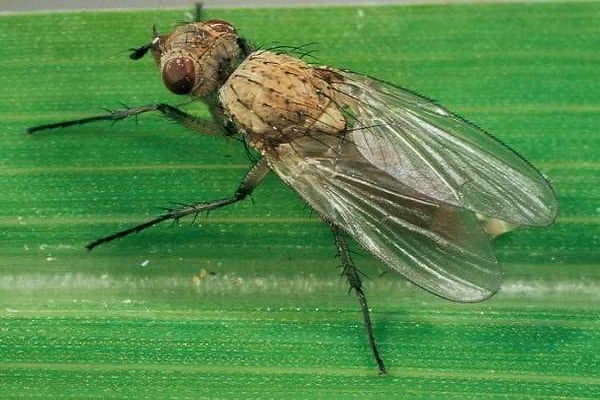
All means, including prophylactic ones, are suitable to fight the onion fly. You cannot do without pre-planting seed treatment with various protective compounds and insecticides.
Gardeners advise growing onions with carrots, which the onion fly is afraid of. You can place celery or parsley beds next to it.
Treating tobacco ash or dust also effectively repels the pest.
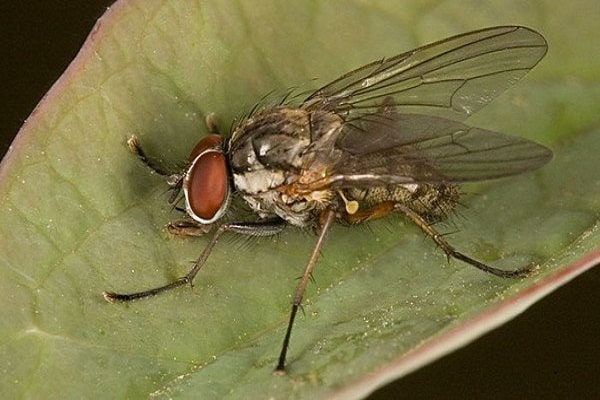
Preventive measures in the beds
In order to prevent onions from rotting, it is important to carry out preventive measures at all stages of crop cultivation, and infected onions must be detected and destroyed in time.
Having found out the cause of decay, they begin to fight the disease. Violation of the rules of crop rotation and care significantly increases the risk of infection and, as a result, can lead to loss of onion yield.
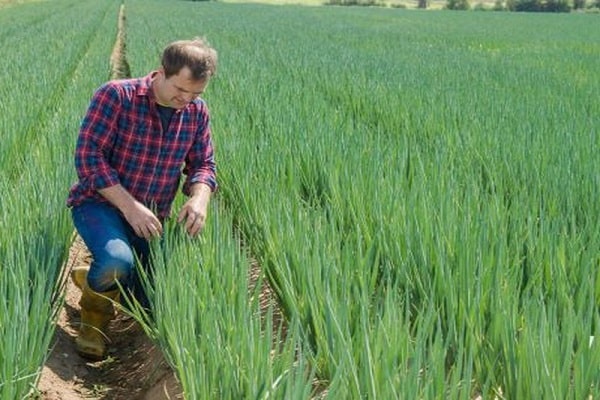
Causes of decay when stored at home
Harvesting is half the battle. Keeping it safe and sound for a long time is the task of any gardener.
The causes of decay during storage may lie in improper harvesting.The bulbs are harvested carefully so as not to damage them. From each root crop, wipe the adhering earth.
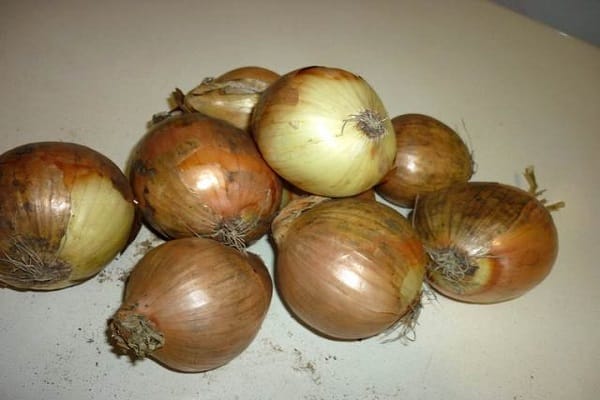
The slightest suspicion of damage or disease is the basis for the destruction of the bulb. Placing it together with healthy specimens can ruin the entire crop.
After harvesting, it is advisable to dry the onion or even warm it up. You need to regularly sort out root crops. If the vegetable is properly processed for storage, there will be no rot. In favorable conditions, the onion will last as long as possible.
